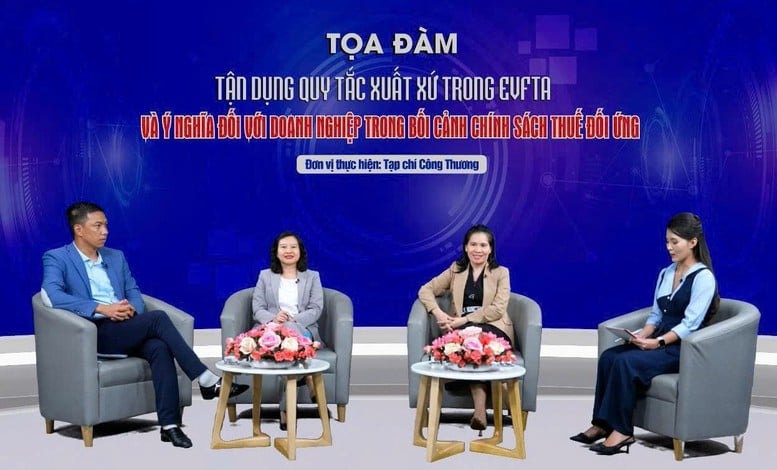
New guests attending the discussion - Photo: Organizing Committee
After 5 years of implementing the Vietnam - European Union Free Trade Agreement (EVFTA), Vietnam - EU bilateral trade has maintained a steady growth momentum, with two-way turnover from 55.4 billion USD in 2020 to 68.3 billion USD in 2024. EVFTA has become an important lever to help Vietnamese goods penetrate deeper into the European market, especially in the groups of agricultural products, seafood, textiles, footwear, etc. However, taking advantage of the agreement's tariff incentives has not yet met expectations because many products do not fully meet the rules of origin.
In the context that the US is applying a reciprocal tax policy to a series of partners, increasing the rate of utilizing the rules of origin in the EVFTA is not only a technical requirement but also a strategic solution for Vietnamese enterprises to minimize impacts and consolidate market share in the EU.
This issue was discussed at the Seminar with the topic: "Taking advantage of rules of origin in EVFTA and its significance for businesses in the context of reciprocal tax policies" organized by Industry and Trade Magazine on the morning of October 9.
Exports to the EU increased sharply, the rate of preferential utilization improved
According to Ms. Trinh Thi Thu Hien, Deputy Director of the Import-Export Department ( Ministry of Industry and Trade ), from the time the EVFTA took effect (August 2020) to 2024, export turnover to the EU increased nearly 3 times, from 17.9 billion USD to 51.72 billion USD. Along with that, the value of goods granted certificates of origin (C/O) increased from 2.66 billion to 18.13 billion USD, equivalent to the rate of preferential utilization increasing from 14.8% to 35.1%.
"This is a positive number, showing a change in awareness and ability to comply with rules of origin of Vietnamese enterprises," Ms. Hien emphasized. However, this rate is different between industries. While footwear has reached nearly 100% of export turnover with certificates of origin, textiles and garments have only reached more than 30%. In addition, markets with seaports such as Germany and the Netherlands have recorded a higher rate of C/O usage than countries deep in the EU.
According to Ms. Phan Thi Thanh Xuan, Vice President and General Secretary of the Vietnam Leather, Footwear and Handbag Association (LEFASO), EVFTA brings great advantages to the industry as many key products such as sports shoes enjoy a 0% tax rate. The rules of origin require only 40% of the value added in Vietnam, a quite favorable level compared to many other agreements.
Thanks to that, leather and footwear exports to the EU maintained a growth rate of 14% per year, helping to offset the decline from other markets. However, Ms. Xuan noted that the EU is a "difficult" market with a series of strict technical requirements on chemicals, environment, sustainability reporting, etc. In particular, following the trend of the "European Green Deal", Vietnamese enterprises must invest heavily in clean production and transparent supply chains. Ms. Xuan warned that if they do not prepare well in terms of internal resources and information, many enterprises, especially small and medium-sized enterprises, will find it difficult to survive.
Representative of the business sector, Mr. Ngo Minh Phuong, CEO of Viet Truong Company Limited, said that thanks to EVFTA, the company's seafood export turnover to the EU increased by about 200% compared to before. Taxes reduced from 6-22% to 0% help Vietnamese goods to be more competitive compared to countries like India or Indonesia.
The company actively controls raw material sources and traceability to ensure compliance with European standards. "All inputs are purchased and monitored in accordance with regulations to obtain certificates of origin and qualify for export to the EU. Customers are therefore very assured," Mr. Phuong shared.
However, when the US imposes reciprocal tariffs from April 2025, businesses must flexibly change direction, find new markets and develop value-added products to avoid dependence. "Each market has a certain capacity, it is impossible to push goods from the US to the EU overnight. Businesses really need policy support and guidance from the State," said Mr. Phuong.
From Washington DC, Mr. Do Ngoc Hung, Vietnam Trade Counselor in the United States, said that the reciprocal tax policy is becoming a key trade tool of the United States. Since April 2025, the tax rate of 10-50% has been applied to more than 180 partners, of which Vietnamese goods are subject to a tax of 20%.
According to Mr. Hung, this is a long-term policy, based on the principle of trade deficit, requiring Vietnam to respond promptly, both through bilateral negotiations and by effectively exploiting existing FTAs. He emphasized that businesses need to pay special attention to regulations on origin, documents, and invoices, because customs and the US Department of Commerce are increasing their review of the global supply chain.
Taking advantage of EVFTA: A strategic direction to reduce risks
According to Ms. Trinh Thi Thu Hien, implementing Directive 29/CT-TTg of the Prime Minister , the Import-Export Department is implementing many synchronous solutions: Perfecting transparent mechanisms and policies on goods origin; enhancing training and "hand-holding" training for businesses; coordinating with customs of importing countries in verifying origin; reforming administrative procedures and consulting on production processes in FTA negotiations.
"We pay special attention to helping businesses understand and proactively apply rules of origin, because this is a key factor in taking advantage of tariff incentives," said Ms. Hien.
Speakers at the seminar also agreed that in the context of the US's reciprocal tax, shifting to exploiting FTA markets, especially the EU, is the right direction. Ms. Phan Thi Thanh Xuan emphasized: "If we do not quickly take advantage of the EVFTA, Vietnam will lose the opportunity when competitors like Indonesia soon sign an FTA with the EU. Enterprises must increase their internal strength, the State needs to support procedures, promote trade and reduce compliance costs."
From a business perspective, Mr. Do Ngoc Hung said that many US corporations still affirm that they will continue to purchase Vietnamese goods, but domestic enterprises need to diversify their markets and take full advantage of FTAs such as EVFTA, CPTPP, UAE... to spread risks.
"Rules of origin are the link between policy and actual production capacity. If reciprocal taxes are considered a challenge, FTAs, especially EVFTA, are an opportunity for businesses to demonstrate their capacity in the global market," Mr. Hung affirmed.
Anh Tho
Source: https://baochinhphu.vn/tan-dung-evfta-co-hoi-de-doanh-nghiep-viet-vuot-thach-thuc-thue-doi-ung-102251009135046661.htm








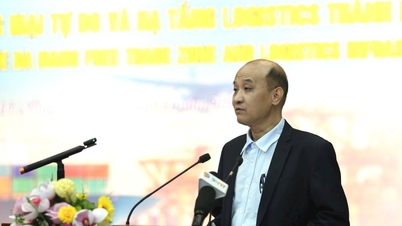

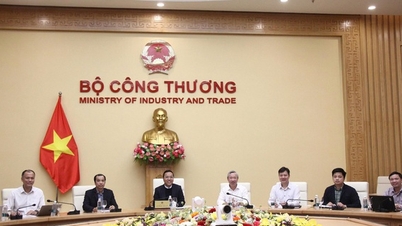
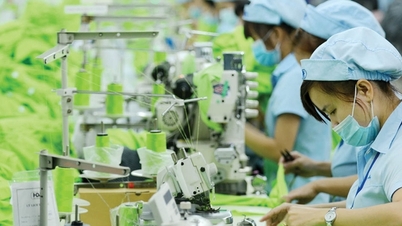



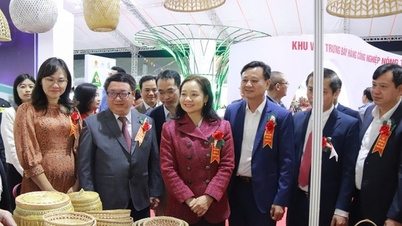
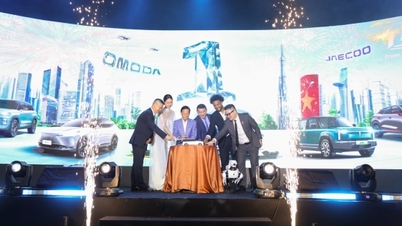

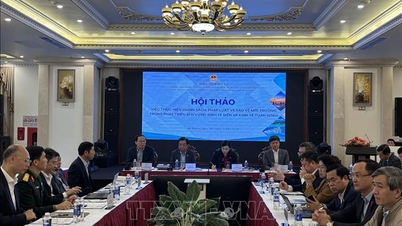

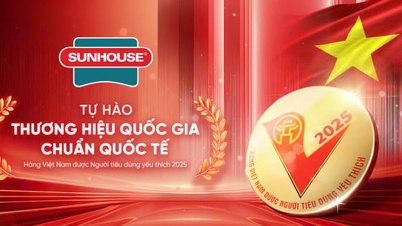

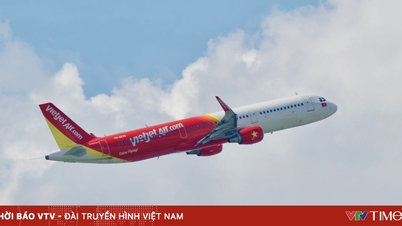

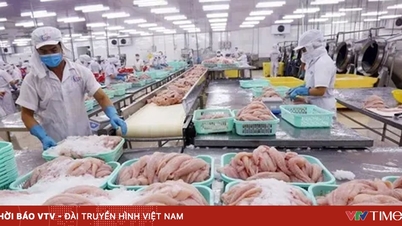
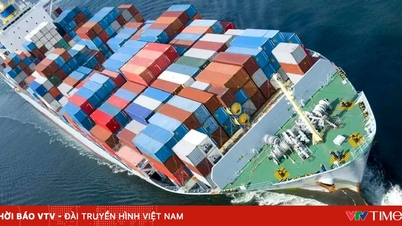




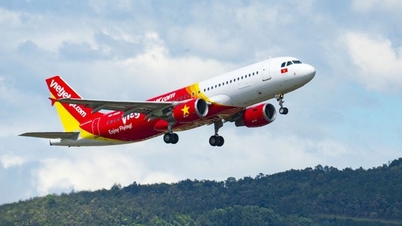
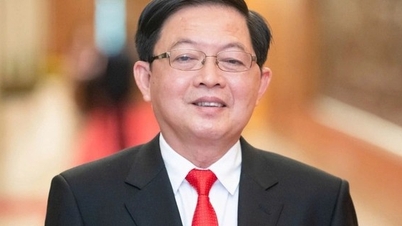
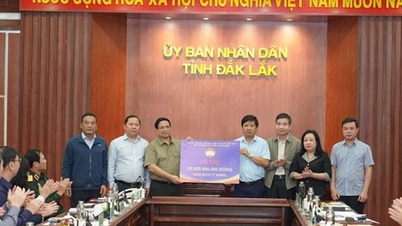

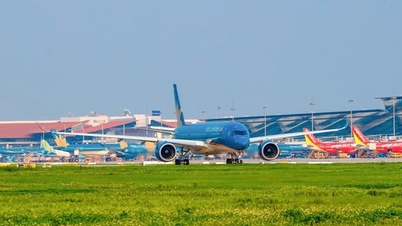
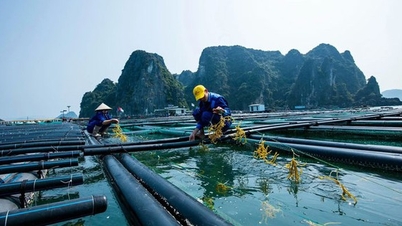


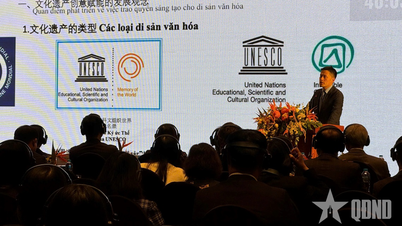

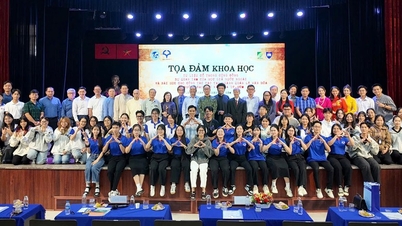








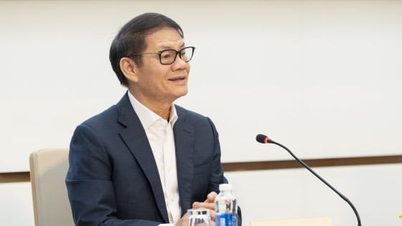
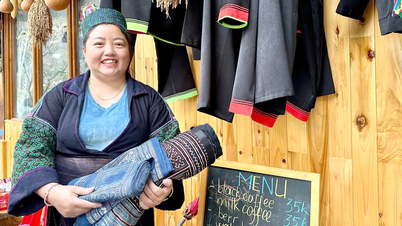





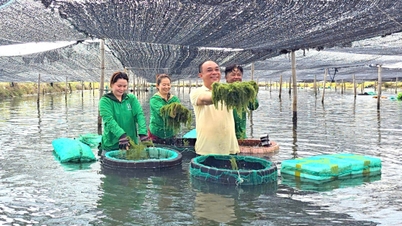






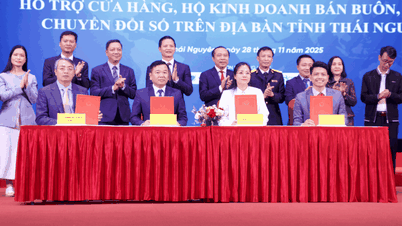







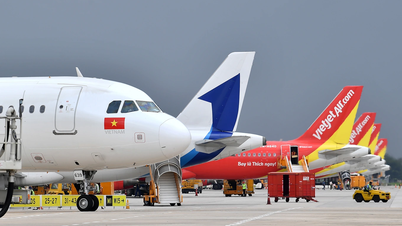


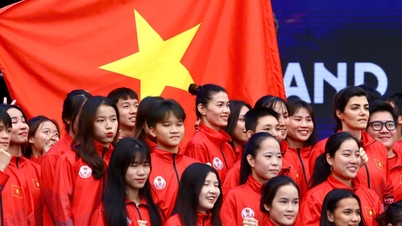


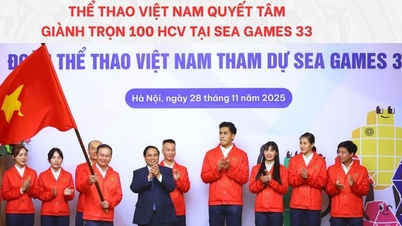

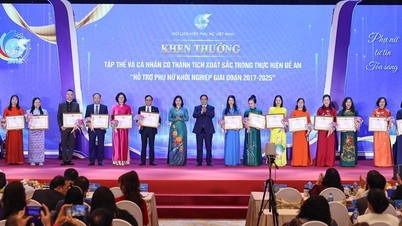


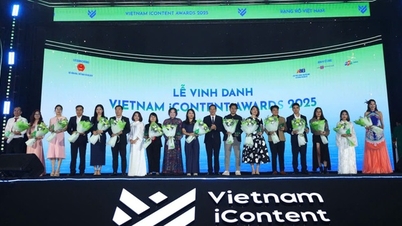
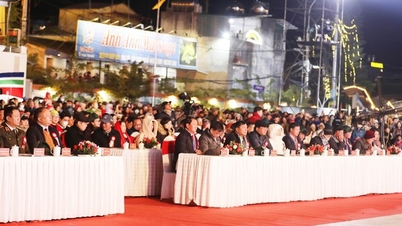
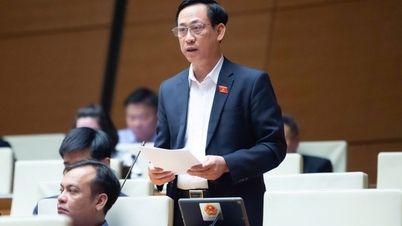
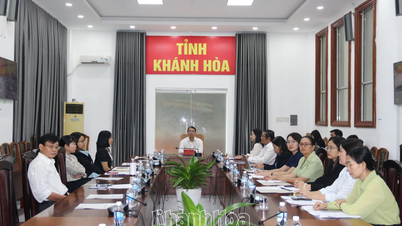























Comment (0)